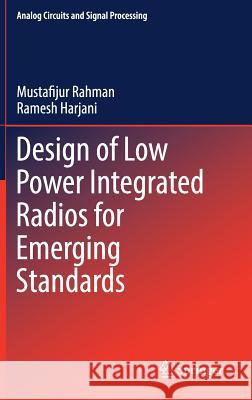Design of Low Power Integrated Radios for Emerging Standards » książka
topmenu
Design of Low Power Integrated Radios for Emerging Standards
ISBN-13: 9783030213329 / Angielski / Twarda / 2019 / 71 str.
Design of Low Power Integrated Radios for Emerging Standards
ISBN-13: 9783030213329 / Angielski / Twarda / 2019 / 71 str.
cena 481,91
(netto: 458,96 VAT: 5%)
Najniższa cena z 30 dni: 462,63
(netto: 458,96 VAT: 5%)
Najniższa cena z 30 dni: 462,63
Termin realizacji zamówienia:
ok. 22 dni roboczych.
ok. 22 dni roboczych.
Darmowa dostawa!
Kategorie:
Kategorie BISAC:
Wydawca:
Springer
Seria wydawnicza:
Język:
Angielski
ISBN-13:
9783030213329
Rok wydania:
2019
Wydanie:
2020
Numer serii:
000108233
Ilość stron:
71
Waga:
0.31 kg
Wymiary:
23.39 x 15.6 x 0.64
Oprawa:
Twarda
Wolumenów:
01
Dodatkowe informacje:
Wydanie ilustrowane











